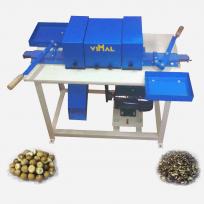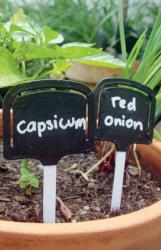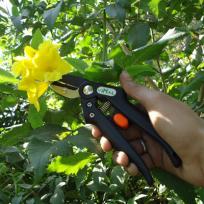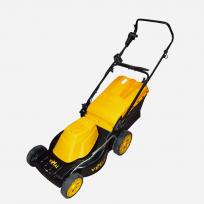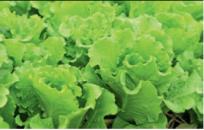Aloe vera
This must be one of the easiest of all plants to grow — it just grows. Aloe vera is a small succulent plant with spiky green leaves. It originated in Africa but, as there are no known populations in the wild, it’s diff icult to pinpoint its exact origins. It has naturalised through much of Africa and around the Mediterranean region. Obviously, its ease of propagation and its perceived medicinal benefits have seenit widely cultivated for...
Read More



























